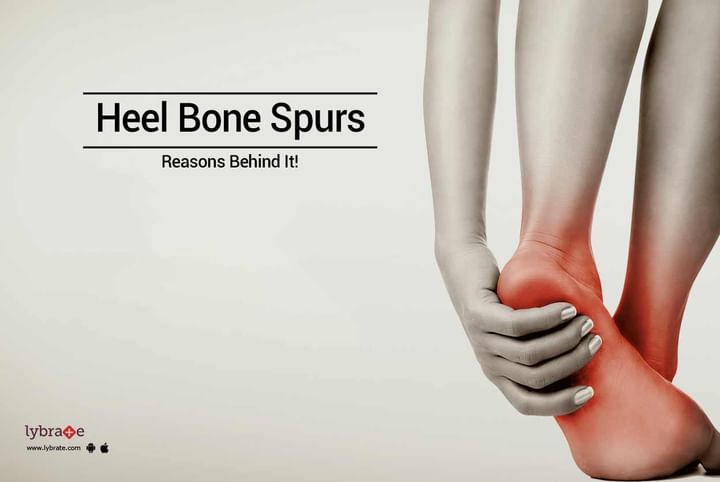Heel Bone Spurs - Reasons Behind It!
Heel bone spur is a form of calcium deposit that causes a bony protrusion under the heel bone. An X-ray can reveal up to a half inch elongation under the hill. Without an image report, this condition is commonly known as heel spur syndrome. Heel spurs are mostly painless but reports of pain is not uncommon. They are often related to plantar fasciitis. The latter is an inflammation of the connective tissue that stretches through the foot bottom connecting the heel bone and the football.
What causes heel spurs?
Heel spurs are a result of the prolonged calcium deposit. This condition can result from the heavy strain on the muscle of the foot and ligament, stretching of fascia and wear and tear of the heel bone membrane. These injuries are frequently observed among athletes who are involved with activities such as jumping and running.
What are the risk factors?
1. Walking abnormalities that involve putting more than normal stress on the bone, nerve and ligament in and around the heel.
2. Running on surfaces that are hard in nature
3. Shoes lacking arch support
4. More than normal body weight
5. Spending too much time on the feet
6. Too flat or too high arches
7. A person suffering from diabetes
8. In case the protective pad of the heel is fading away due to old age or other bone disorder
Non-Surgical treatment
Unlike common belief, only rest may not be the best way to treat heel bone spurs. On the contrary, a patient might feel sharp pain immediately after sleep. This happens when he tries to walk and the plantar fascia elongates all of a sudden. The pain decreases with more walking. Some treatment methods that work for 90 per cent of the sufferers includes wearing the right shoe, stretching exercises, wearing orthotic devices inside the shoes and physical therapy. Over the counter medicine such as Aleve, Tylenol and Advil can be consumed to reduce the pain and for improving the overall condition. Corticosteroid injection also tends to give relief from the inflammation.
Surgical treatment
If heel spurs persist for more than 8-9 months, surgical options should be explored by the patient. There are two angles on which a doctor works, either removing the spur or release the plantar fascia. Pre-surgical exams are necessary to ensure that a person is eligible for surgery and all non-surgical avenues are explored. Post-surgical activities are equally important for the process of healing. Usage of bandages, crutches, splints and surgical shoes is a mandate to avoid complications such as infection, numbness, and scarring. Possible side effects should be discussed with the surgeon well before the surgery. The estimated healing time from this procedure is close to 8-12 weeks.



+1.svg)
